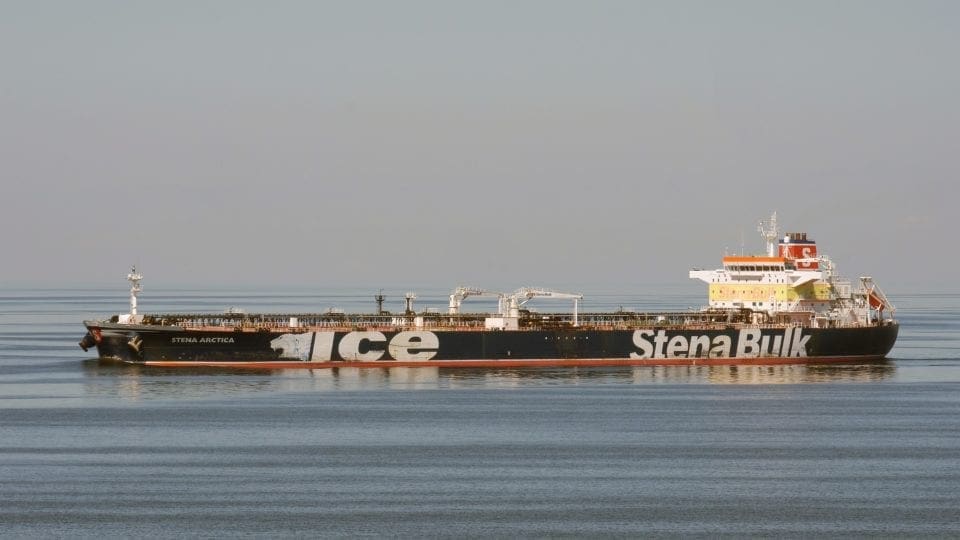Around 70 percent of crude oil and petroleum products are moved by pipeline, 23 percent using tankers and barges over water, 3 percent by rail, and 4 percent by trucking. The transportation of gas and oil is a tricky business requiring special equipment, extensive safety protocol, and adherence to regulations. Delay, spills and accidents result in interruptions in operations and supplies costing money, while serious injuries and even death cause manpower loss. In addition, accidents can also harm the environment. Fortunately, technology has evolved fast in the last few decades, helping the logistics and transportation sector ship goods safely to their destination.
Automation and Smart Vehicles
Oil and gas operations depend on fundamental logistics such as trucking and warehousing. Although the overall rate of 18 wheeler accidents has reduced over the years, they are frequently the subject of legal cases, and there is still room for improvement. Not only do accidents and spills cost human lives and impact the environment; they also represent financial losses in medical expenses, legal fees, and lost wages. Hence, enhancing the safety of trucks is vital to assure the continuity of the oil and gas industry operations.
One way to do this is to use enhanced global positioning system (GPS) accuracy, assisting frustrated drivers to find their way and improving the supply chain. Another option is to deploy autonomous trucks and drones to encourage efficiency in the delivery process. The Internet of Things (IoT) and Radio Frequency Identification (RFID) will also reduce costs and avoid risks. Sensors can be fitted to cargo ships, trains and trucks that will be connected to an alarm or central system that tracks and monitors the progress of the shipment.
Furthermore, smart vehicles equipped with the latest technological advancements, including automatic braking systems, adaptive cruise control, and sensors and alerting systems can boost the safety of 18-wheelers on American roads. For rail transport, better braking systems and the use of freight car defect detectors alongside tracks can strengthen the safety of goods transported via this method. Moreover, researchers are also improving tank car designs to comply with tough federal standards and optimize transport. On top of advanced braking systems, new technologies are also expected to speed up environmental cleaning efforts. To illustrate, researchers at Penn State University developed Petro-SAP, a patented technology that will absorb oil from the environment after a spill.
Transport Management Systems and Big Data
An automated tool that can help manage and simplify shipments is the transportation management system (TMS). It offers valuable insights in the supply chain defining gaps, identifying bottlenecks, and tracking new opportunities for savings. TMS will enable you to save money by optimizing loads, consolidating cargo, and eliminating backhauls.
In the same way, leveraging big data in the transportation of oil and gas not only involves applications in drilling and production operations, but also in making shipping and transportation stronger. Occupational safety, which is a major concern in the oil and gas industry, can be made better. Using complex algorithms, economic factors, and even weather patterns to analyze production and transportation costs, big data can identify how, when and where to move products safely.
Transporting gas and oil can become complicated and dangerous without a secure system in place. The good news is that the safety of moving gas and oil can be improved using the latest technology applications.
Oil and gas operations are commonly found in remote locations far from company headquarters. Now, it's possible to monitor pump operations, collate and analyze seismic data, and track employees around the world from almost anywhere. Whether employees are in the office or in the field, the internet and related applications enable a greater multidirectional flow of information – and control – than ever before.












1 comment
Comments are closed.